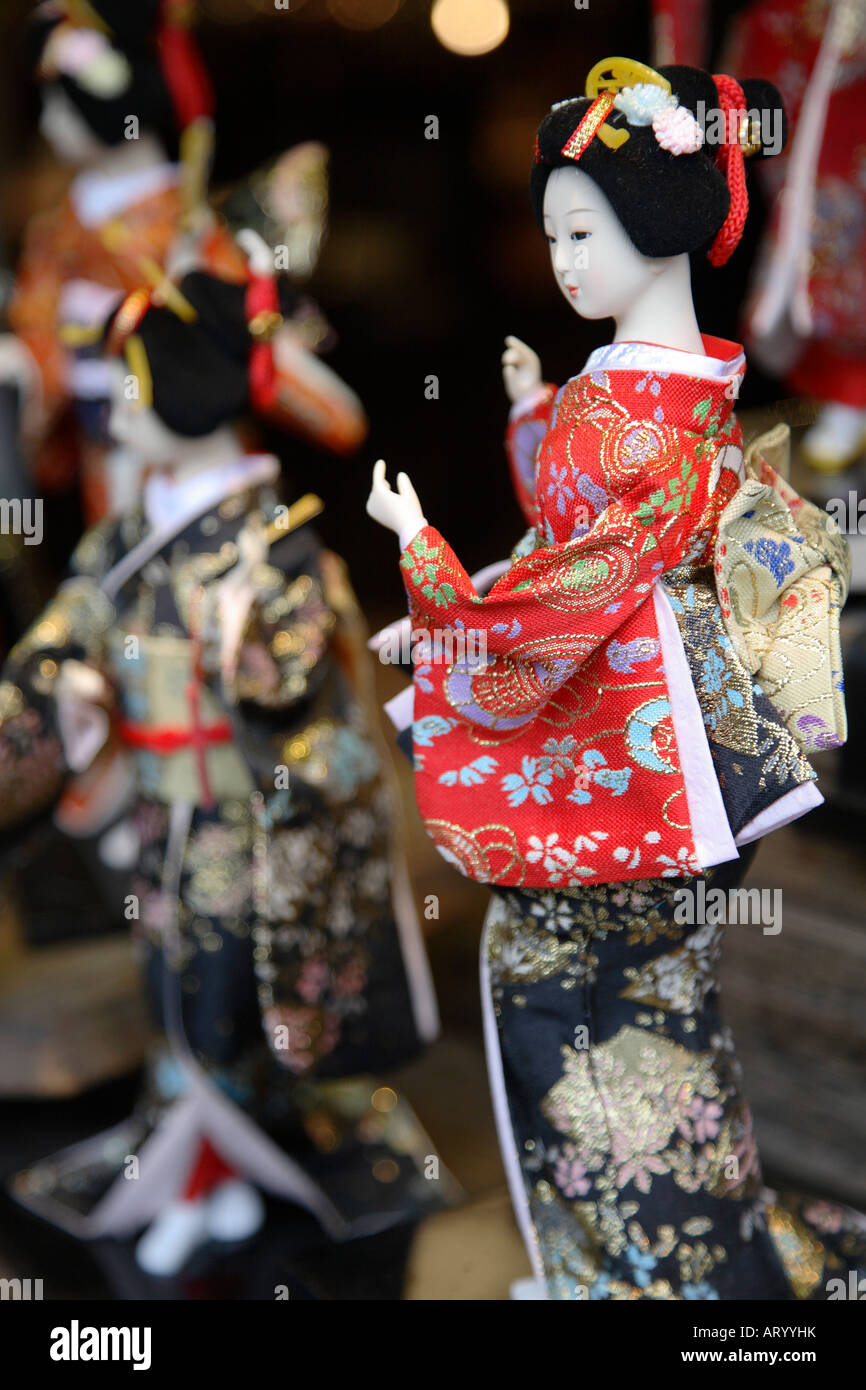
In the early 1790s, Uemura Bunrakuken from Awaji Island set up a small theatre in Osaka, whose efforts in reviving a dying art led to the creation of the Bunraku Theatre in 1805.
Japan puppetry professional#
While Osaka has professional actors in National Bunraku Theatre, it was influenced by amateurs. The universal desire for a happy life is expressed in the dance of Ebisu, the deity of the sea and good fortune. With over 100 plays in his repertoire, Chikamatsu Monzaemon is dubbed the Shakespeare of Japanese theatre.

Then there is a jealous woman with hidden horns, which can pop out in a fit of anger. There are also the Songoku, the Monkey King on a pilgrimage to the west which inspired the television series, Monkey Magic. For example, the Gabu can transform from a beautiful maiden to a ghost or monster, while a Tamamonomae can transform into a fox. As such, there is a connection between the natural and supernatural worlds. There are three kinds of stories featured, jidaimono Period dramas, sewamono everyday stories of the common people, and journey or philosophical stories. Priests sought after the advice of these spirits through the manipulation of wooden sticks, the predecessors of puppets, and so it is no wonder that the wood from which puppets were carved, was held in awe.įrom its debut in the eleventh century to its portraits of the working classes in Dotonbori in the seventeenth century, puppet theater has a sense of relatability and intimacy, highlighted by its development outside the imperial court and its oral traditions, with each performer adding to the richness of the composition of the play and the articulation of the music. The ancients thought that spirits descended from the forests and mountains, and so used wood to welcome these spirits in their village festivals. There is no greater appreciation in the puppeteer for bringing a piece of wood to life than in the person who created the puppet. Unlike other forms of Japanese theatre, a puppet does not speak, and so the months spent carving the facial features, the movements of the eyes, ear lashes and mouth are key to telling the story. These days I perform and know deeply the connection between art and craft.” “When I made my first puppet mask, I was so excited I was practically shaking. The act of expressing these emotions and giving them a form always also involves the soul being destroyed." These are the words that came into my mind as I met the puppet makers of Awaji.

Somehow, I understand that this is what the act of connecting my body to these red threads is about. I lay my own body out in scattered pieces and have a conversation with it in my mind. Chiharu Shiota once said: "The mind and body became detached from each other, and I am no longer able to put a stop to these uncontrollable emotions.


 0 kommentar(er)
0 kommentar(er)
